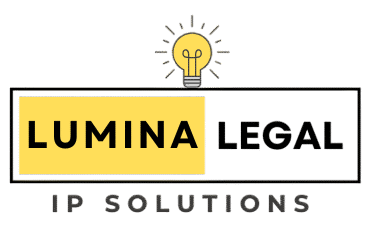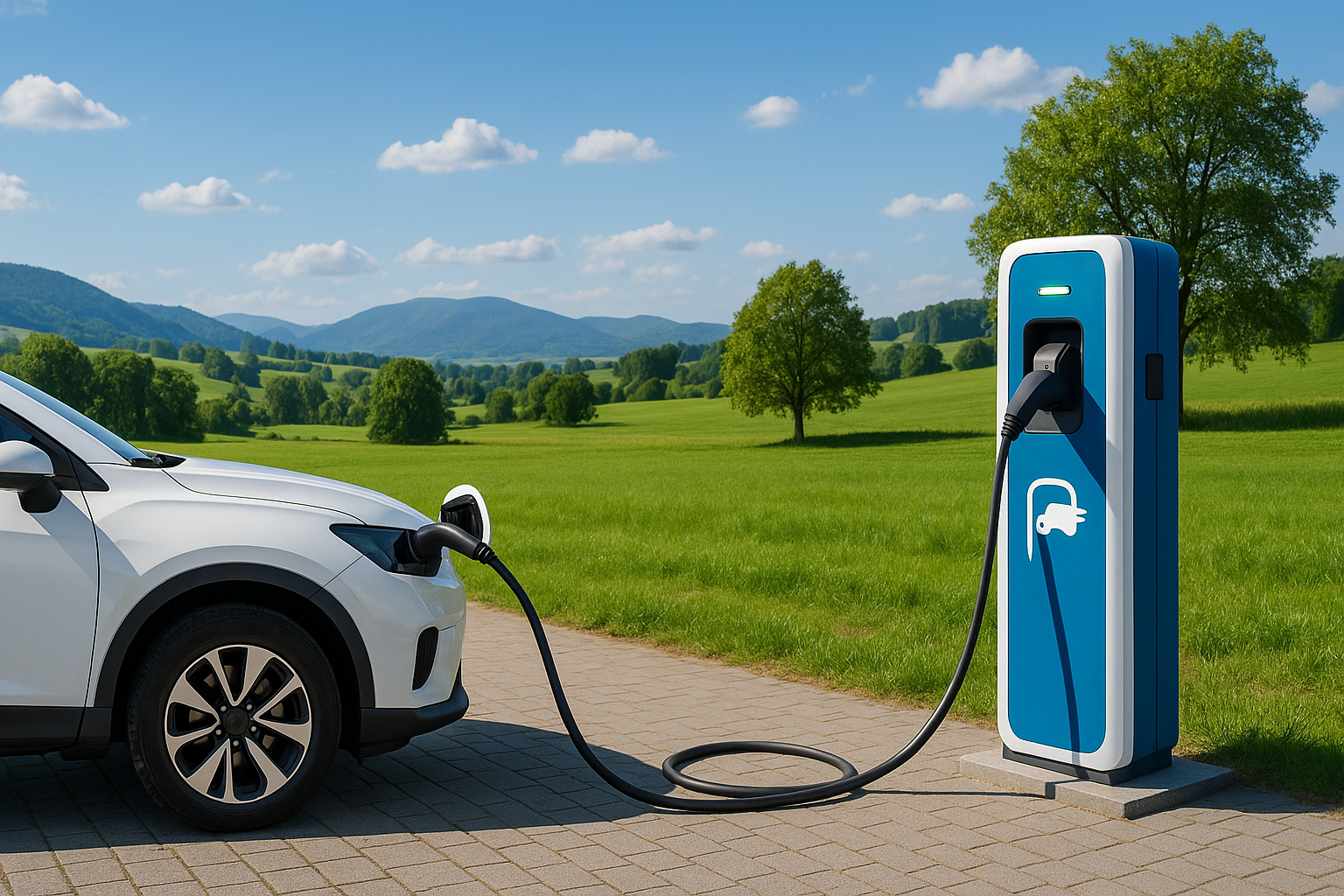India’s electric‑mobility transition has become a crucible where technical standard‑setting, industrial policy, and intellectual‑property (IP) strategy intersect. Charging standards are not mere engineering blueprints; they allocate bargaining power, shape royalty flows, and determine who captures value in the downstream ecosystem of vehicles, chargers, payments and grid services.
Against this backdrop, India’s policy turn from interim Bharat specifications (AC001/DC001) to wider adoption of IEC‑aligned systems such as CCS2 reflected in the IS 17017 series raises a set of hidden IP questions that are often obscured by the public debate on safety and interoperability. This article surfaces those questions, contrasts India’s approach with Western practice, and closes with practical takeaways for counsel advising OEMs, charge‑point operators (CPOs), aggregators and suppliers.
Standards as Gateways to IP Leverage
When a particular charging standard such as covering plug design, communication systems, safety features, and power-management signals becomes widely adopted in a country or market, any patents essential to that standard (called Standard-Essential Patents or SEPs) automatically gain strong control, since anyone using the standard must pay royalties to the patent holders.
In regions like Europe and the U.S., this situation is regulated through transparency rules in standards-setting bodies, commitments to license such patents on fair, reasonable, and non-discriminatory (FRAND) terms, and strict competition-law oversight.
In India, however, the system is still developing. The national standard IS 17017, which follows international IEC 61851 and 62196 frameworks, is steering India toward using the CCS Type 2 (or CCS2) charging format for four-wheelers. Meanwhile, Bharat AC001 and DC001 standards continue mainly for older or special-purpose vehicles. This shift affects how much Indian companies may have to pay in patent royalties and also influences India’s ability to build its own intellectual property in the electric-vehicle charging ecosystem.
The IP Anatomy of CCS2 vs Bharat
- CCS2 (Combined Charging System – Type 2): Internationally validated, high‑power DC capability, broad OEM support; however, key portfolios are held by Western patentees, increasing the probability of multi‑party royalty demands and patent‑pool negotiations for Indian implementers.
- Bharat AC001/DC001: Policy autonomy and local fit (especially for low‑to‑mid power public charging) but limited export interoperability; if not refreshed, they risk technological obsolescence and may not anchor a defensible domestic patent estate.
The hidden risk for Indian industry is royalty stacking multiple SEP holders each seeking a slice of implementer revenue. Absent clear national guidance on FRAND rate‑setting, Indian OEMs and CPOs can be negotiating blind, with litigation risk embedded in their cost of capital.
India’s Evolving Legal Baseline (Patents & Competition)
Indian law has no SEP‑specific statute. Courts have progressively adapted general patent principles and competition law to the SEP context[1]. Delhi High Court’s recent final judgment in a telecom SEP dispute (Ericsson v Lava, 28 March 2024)[2] is a watershed for FRAND analysis and injunctive relief, signalling courts’ willingness to award substantial monetary relief and scrutinise hold‑out/hold‑up narratives. In parallel, Section 3 and 4 of the Competition Act remains a latent constraint on licensing behaviour that could tip into abuse of dominance[3]. For EV charging, this jurisprudence is a bellwether: even though the technical domain differs from cellular standards, the litigation playbook, remedies, and rate‑setting debates are portable[4].
Comparative Western Practice
In Western jurisdictions, SEP ecosystems are hedged by institutional mechanisms: SEP declaration databases (ETSI), judicial guardrails around FRAND (e.g., Huawei/ZTE in the EU; component‑level licensing and antitrust‑driven scrutiny in the U.S.), and policy debates over royalty transparency. Europe’s 2023 proposal for a comprehensive SEP Regulation aimed at registry, essentiality checks and FRAND fora was ultimately withdrawn in 2025, reflecting the political economy of standard‑setting and the tension between implementers and SEP holders. For Indian practitioners, this cross‑wind matters: if Europe steps back from prescriptive regulation, more of the burden shifts to courts and contract design worldwide.
Comparative IP Law Framework: India vs. West
India’s Legal Architecture:
- Patents Act, 1970 (as amended): Governs patentability, compulsory licensing, and enforcement. No express provision for SEPs, but courts adopt general rules for injunctions, damages, and FRAND licensing.
- Competition Act, 2002: Section 3 (anti-competitive agreements) and Section 4 (abuse of dominance) are the principal checks on SEP abuse. The CCI v. Ericsson disputes highlight tension between patent exclusivity and competition law.
- Judicial Developments: Delhi High Court in Ericsson v. Lava (2024) applied FRAND reasoning, indicating India’s judiciary is increasingly willing to enter rate analysis and grantheavy damages.
- Policy Guidance: Bureau of Indian Standards (BIS) via IS 17017 anchors technical conformity, but lacks a parallel IP/SEP transparency mechanism, unlike ETSI in Europe.
- Draft SEP Policy (NITI Aayog consultations, 2022–2023): Early discussions (not yet crystallized into law) recommended clearer FRAND frameworks, but progress remains slow.
European Union
- ETSI IPR Policy: Mandatory declaration of SEPs; binding FRAND commitments; transparency databases available to implementers.
- The Huawei v. ZTE (C-170/13) case is a landmark CJEU ruling that set “safe harbour” rules for disputes over Standard-Essential Patents (SEPs). It requires SEP holders to make a clear FRAND licensing offer before seeking an injunction, while implementers must engage in negotiations in good faith. This framework ensures fair licensing and prevents both patent abuse and refusal to license.
- Proposed SEP Regulation (2023–2025): Aimed at registry, essentiality checks, and FRAND fora, but withdrawn in 2025. Even so, the EU remains more structured than India[5].
United States
- Antitrust/Competition Overlay: FTC v. Qualcomm and DOJ interventions highlight the balance between patent monetization and competition law[6].
- Contractual Enforcement of FRAND: U.S. courts often treat FRAND as a contractual obligation enforceable in damages, limiting injunctions.
- ITC Exclusion Orders: SEP cases before the International Trade Commission show tension between patent enforcement and public interest[7].
Japan and South Korea
- Japan Fair Trade Commission (JFTC) SEP Guidelines: Explicitly prevent refusal to license or discriminatory licensing as abuse of dominance[8].
- Korea Fair Trade Commission (KFTC): Strong precedents against Qualcomm in SEP licensing illustrate a regulator-driven model[9].
Comparative Takeaways
- Transparency: EU has SEP databases; India has none.
- Injunctions: Indian courts still grant interim reliefs; U.S./EU lean toward limiting injunctions in SEP cases.
- Regulatory Activism: Korea/Japan regulators are proactive; India’s CCI has been cautious but could evolve.
- Policy Integration: Western regimes link industrial strategy with IP (e.g., EU’s push for open R&D consortia). India’s BIS standards remain mostly technical, not IP-integrated.
Latest Policy & Market Developments Relevant to Charging
- Ministry of Power’s 2024 consolidated Guidelines for Installation and Operation of EV Charging Infrastructure align public‑charging eligibility and minimum configurations with BIS standards practically pushing the market toward IS 17017/IEC‑aligned interfaces for four‑wheelers and fast charging[10].
- In 2025, the PM E‑DRIVE[11] operational guidelines targeted approximately 72,300 public charging stations nationwide and expressly tethered eligibility to compliance with the 2024 MoP Guidelines. This scale‑up will lock‑in technical choices and, with them, the IP cost structure for a decade.
Case Studies (2024–2025): What They Signal for EV‑Charging IP
Case Study A — Ericsson v Lava (Delhi High Court, 28 March 2024)
Although a telecom SEP matter, Ericsson v Lava is instructive on remedies and FRAND framing. The Court found infringement of multiple SEPs, awarded significant damages (widely reported in the public domain as circa USD 29–30 million), and engaged with rate evidence and licensing conduct. For EV‑charging implementers, the message is twofold: (i) Indian courts are prepared to enter merits‑based final relief in SEP suits; (ii) disclosure, negotiation records, and economic evidence on comparable licenses will be pivotal.
Case Study B — Regulatory Lock‑In via Infrastructure Schemes (MoP 2024 & PM E‑DRIVE 2025)
The 2024 MoP Guidelines and the 2025 PM E‑DRIVE operational guidelines link public funding/eligibility to compliance with BIS/MoP requirements. Where those requirements reference IS 17017 suites (aligned to IEC families that underpin CCS2/Type‑2), implementers will gravitate to CCS2 for four‑wheelers. The legal implication is path dependence: once utilities, CPOs and OEMs deploy at scale, re‑standardising around a materially different domestic specification becomes prohibitively expensive cementing the associated SEP licensing landscape.
Case Study C — BIS IS 17017 and the ‘Legacy’ Status of Bharat AC001/DC001
Market guidance and BIS materials increasingly position Bharat AC001/DC001 as interim or specialised solutions, while IS 17017 parts (drawing from IEC 61851/62196) govern mainstream AC and DC EVSE. The legal takeaway is that due‑diligence for procurement and tenders should explicitly allocate SEP risk under IS 17017‑conforming deployments, including warranties, indemnities and rate‑card transparency from charger vendors.
Case Study D — Europe’s SEP Regulation Withdrawn (2025): A Comparative Signal
Europe’s withdrawal of its proposed SEP Regulation in 2025 demonstrates the political sensitivity of fixing royalty transparency and FRAND fora by statute. The practical lesson for Indian strategy is to plan for court‑led rate setting and voluntary pool solutions rather than waiting for a one‑size‑fits‑all regulatory fixes.
Hidden Risk Map for Indian Stakeholders
- Royalty Stacking: multiple SEP demands across connector, comms and security layers; negotiate caps or most‑favored‑licensee clauses.
- Injunction Exposure: interim relief risks where implementers delay licensing; build contemporaneous records of good‑faith FRAND engagement.
- Procurement Leakage: public tenders that specify performance but not licence hygiene; include SEP‑clean representations and pass‑through indemnities.
- Technology Lock‑In: scale programmes (state utilities, highway corridors) make later pivots to alternative standards cost‑prohibitive.
- Export Constraints: vehicles built around non‑global specifications face retrofit costs for foreign markets, undermining economics.
Practical Playbook for Counsel
- Early SEP Diligence: map portfolios asserted in charging/vehicle comms; check participation and declarations at relevant SDOs; review pool offers.
- Contract Architecture: insert clause packs—SEP notice & cooperation, FRAND‑engagement obligations, audit rights, step‑down royalties at scale, and change‑in‑standard adjustment mechanisms.
- Competition‑Law Guardrails: screen for refusal‑to‑license, tying, or discriminatory terms that could engage Section 4 (abuse of dominance).
- Evidence Hygiene: preserve negotiation trials, technical conformance test reports, and ‘most comparable’ licence benchmarks for future rate disputes.
- Hybrid Standard Strategy: deploy CCS2 for global interoperability while sponsoring an updated, IP‑rich domestic layer for specific use‑cases (e‑buses, depot charging, or V2G pilots), to seed Indian patentable innovations.
Conclusion
India’s choice between CCS2 and Bharat should not be caricatured as ‘global versus local’. The optimal pathway is a calibrated hybrid: use IS 17017/CCS2 wherever international interoperability and fast‑charging economics demand it, while deliberately cultivating indigenous IP around grid integration, metering, billing, diagnostics, safety, and V2G protocols. The recent judicial and policy signals suggest that FRAND bargaining will remain case‑driven; therefore, Indian stakeholders must internalise IP diligence and licensing design as core parts of their project finance and procurement—not afterthoughts once the hardware is in the ground.
[4] Ericsson v. Micromax/Intex
[5] EU SEP Regulation Proposal (withdrawn 2025)
[6] FTC v. Qualcomm
[7] ITC 3G Handsets case
[8] JFTC Guidelines (2016)
[9] KFTC Qualcomm Decision (2016)
[10] MoP Guidelines (2024)
[11] PM E-DRIVE Guidelines (2025)
About the Author:
Milind Jain is an advocate based in New Delhi, India with extensive experience in Property Law, Intellectual Property (IP), Service Matters, Commercial Disputes, Cyber Crime Cases, and matters under the Negotiable Instruments Act (Cheque Bounce).


